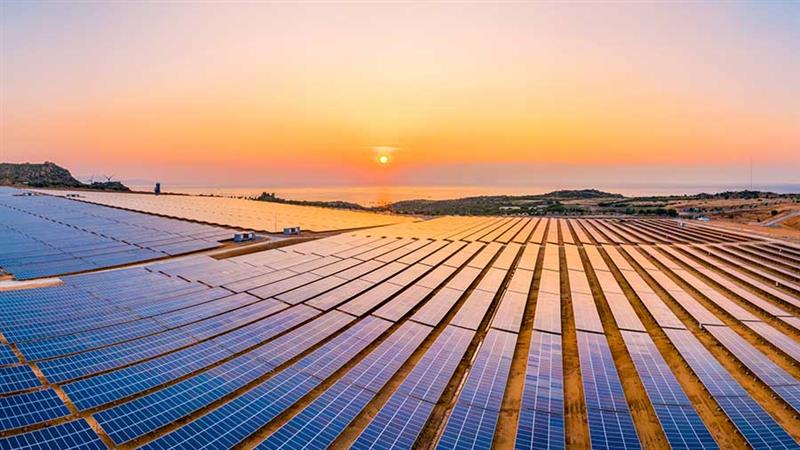Beijing to increase FDI in national power sector by liberalizing regulatory environment
National infrastructural investment rather than regional profit taking the key to policy change

By Chris Devonshire-Ellis
BEIJING, Feb. 11 – Beijing is set to fast track regulatory changes to permit increased foreign investment in the countries stressed national and regional power grid network following the chaos of the winter’s snows, our contacts close to the NDRC explained yesterday.
Fingers have been pointed at an inefficient national grid beset by leadership problems, regional differences over policy, an archaic system still largely decentralized, suspicion of foreign involvement in the countries power generation capability and a tendency to put profits ahead of investment have all contributed to damage the deliverabilty quality of the national grid it was stated.
Certainly much needs to be done. While the generation demands on the national power grid have risen 100% over the past five years, the systems expansion increased only 16%. Interconnectivity problems nationally have also led to structural risks as the regional grid companies have not been keeping pace with the expansion of the power producers.
Beijing has however some key expertise to look to. National failures of the types seen in Quebec in the late 1990’s saw the entire province blacked out, when freezing weather exposed the vulnerabilities of the Canadian national grid with a knock on effect plunging large parts of the northern USA into darkness. The system employed at the time in Quebec is strikingly similar to China’s today – with an overreliance on large hydro-power plants carrying long distance transmissions. Quebec has now restructured it’s grid to permit access to alternative gas fired plants that can be fired up in cases of extreme weather or grid failures.
China’s Regional grids are a case in point with the national reliability for 2006 being as follows, during a relatively benign period of weather without stress:
| Region | Reliability | Average hours of power cuts in 2006 |
| Northern Grid | 99.85% | 13.33 |
| North-Eastern Grid | 99.85% | 13.6 |
| North-Western Grid | 99.72% | 24.6 |
| Eastern Grid | 99.9% | 8.06 |
| Central Grid | 99.82% | 16.01 |
| Southern Grid | 99.9% | 8.64 |
The concern now is that weather of the type seen recently will severely impact on these statistics, with the focus having been too much on expanding the quantity of power supply without balancing this with the quality of transmission. Figures for 2008 will be far less impressive as entire cities went without electricity for days.
Beijing has already earmarked an increase in spending in power grids to RMB1.8 trillion from RMB1.2 trillion in the last five year plan; the recent weather further highlighting inefficiencies even in this huge number provides. It is likely to pave the way for more FDI and better RoI being identified to permit greater financing from foreign investors, during a period where investment will become a higher national priority in the national grid system than purely the generation of regional government profits from local energy companies.
Related links:
- China’s weather
- China Daily comment
- China Briefing reporting
- Power chaos as more snow hits China
- Dezan Shira & Associates
- Previous Article Shanghai’s Chongming Island likely site for new Disneyland
- Next Article New China Briefing Books Out Now
























